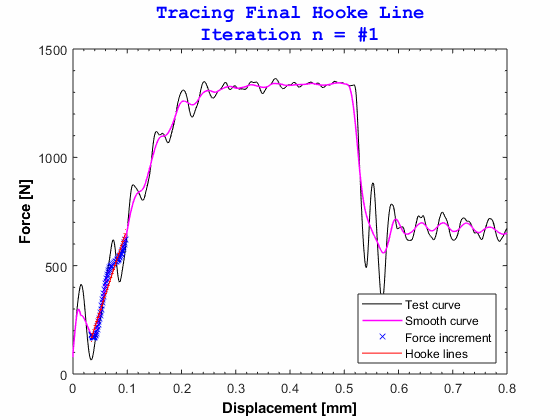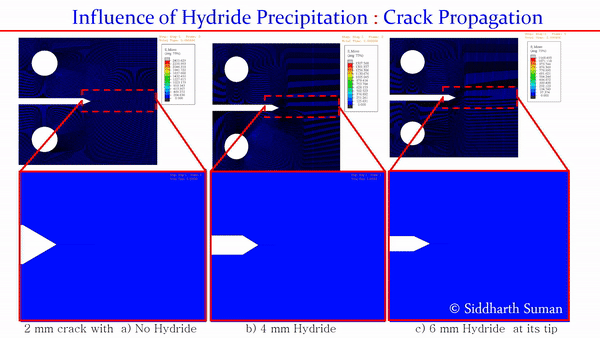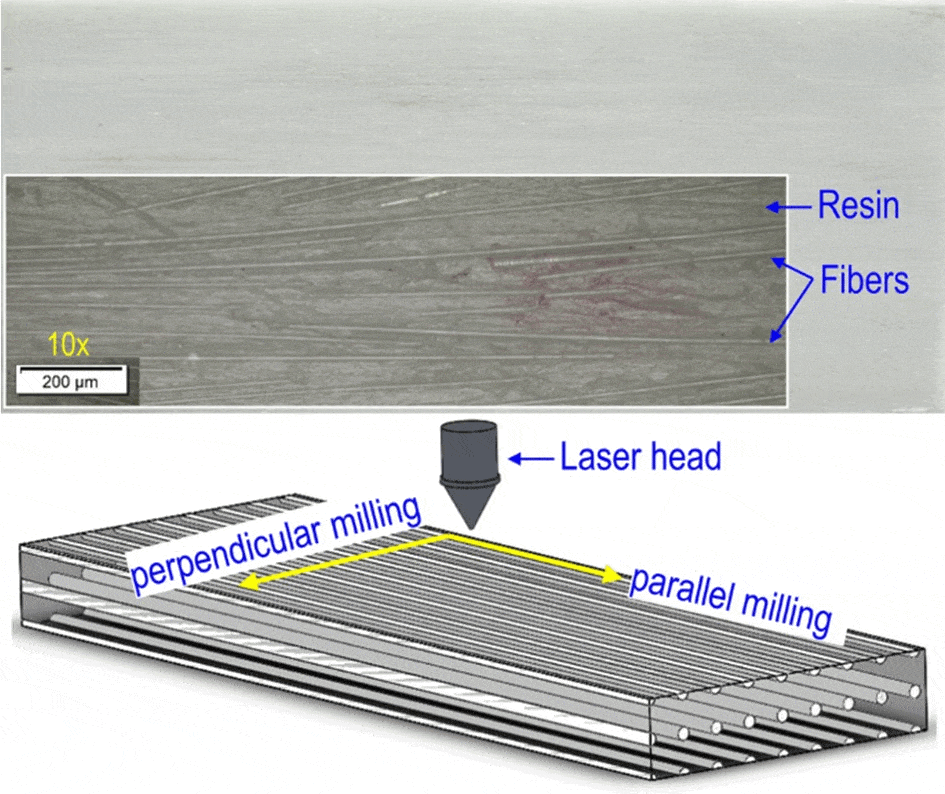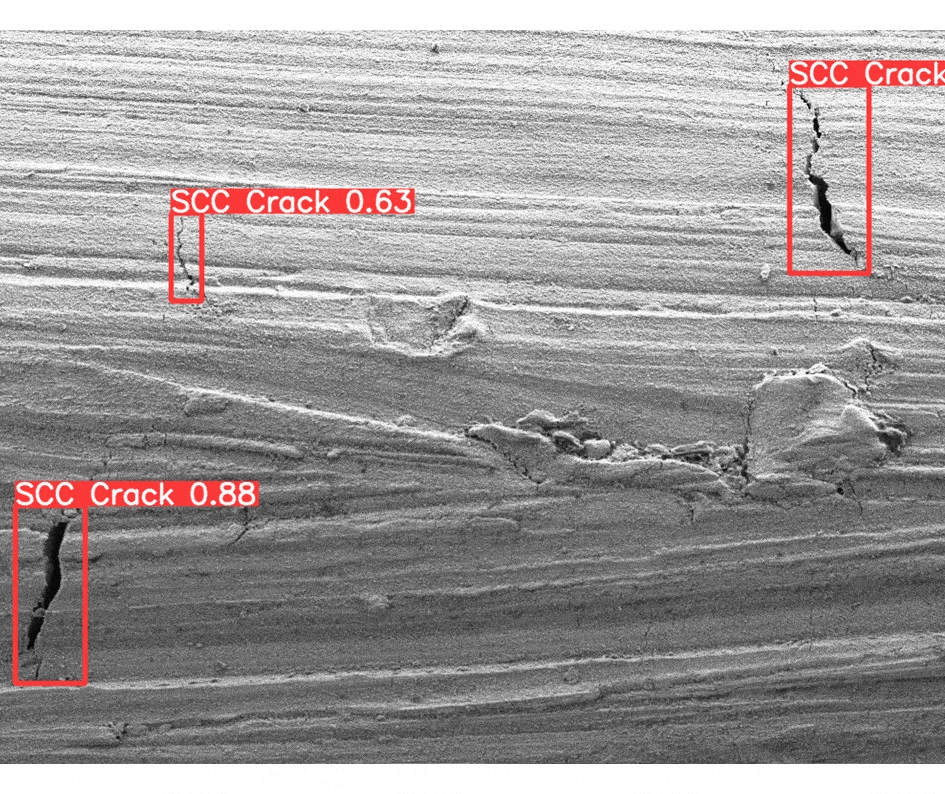
SIDDHARTH SUMAN
I'm a paragraph. Click here to add your own text and edit me. It's easy.

I am currently working on international research projects focusing Structural Materials for Nuclear Safety And Longevity within the capacity of a Senior Scientist at VTT Technical Research Centre of Finland, Finland. Working in hot laboratory as well as supervision of master theses and internships is also a part of my responsibilities.
As an independent researcher, I am working on multifaceted aspects of sustainable energy especially, but not exclusively, Solar-thermal conversion, Hybrid nuclear-renewable integrated energy systems, Pink Hydrogen energy, Artificial intelligence in energy systems.
In collaboration with different scientists across the globe, primarily India, research is focused on Additive manufacturing of Biomaterial, Multi-scale modelling of hydrogen embrittlement, Laser machining of anisotropic material like Glass fiber reinforced polymer, Optical solar reflector, Application of artificial intelligence for engineering applications, Heat transfer and flow behaviour for Non-Newtonian Fluids.

Burst Criterion for Nuclear Fuel Cladding under Loss-of-Coolant Accident
The prime objective of any safety action in a nuclear power plant is to maintain the structural integrity of nuclear fuel cladding which encases the radioactive fuel undergoing nuclear fission. The failure of fuel cladding—first layer of protective sheath—may not only cause the shutdown of the nuclear reactor but eventually it also poses a potential threat of radioactive fuel being leaked into the environment. An indigenous cladding burst facility which simulates the complex loss-of-coolant accident scenarios was designed and developed. An extensive burst tests on Zircaloy-4 was performed to develop a burst criterion for Indian nuclear reactors for the first time.



Dynamic Fracture Toughness using KLST Sample
Use of miniature samples like KLST is becoming increasingly important to assess the integrity of reactor pressure vessels steels. However, testing miniature samples like KLST are more complex. A MATLAB program is developed to determine the dynamic fracture toughness using KLST samples strictly confirming to ISO 14556:2015. Stress wave propagation during the dynamic fracture is also being investigated using both explicit and implicit finite element method.



Stress Corrosion Cracking of Thermally Aged Alloy 182
Nickel-based alloy 182 is widely used in light water reactors as weld filler metal. In recent years, several stress corrosion cracking incidents occurred in this alloy. The crack initiation and crack growth tests are being conducted for thermally aged alloy 182 to understand the relationship between Short Range ordering and Stress corrosion cracking.



Synergistic Effects of Ageing Mechanisms in Nuclear Reactor Pressure Vessels
Integrity of reactor pressure vessels is one of the key issues of any nuclear power plant for long term operations. The combined effect of persistent radiation, aggressive water chemistry at high temperature, and applied stress to which pressure vessels are exposed in-service cause life limiting degradation. The simultaneous effects of all such degrading factors become more crucial than ever in light of unforeseen extension of nuclear power reactor worldwide. With an aim of developing a holistic understanding of synergy among mechanisms, we propose to investigate the synergetic effects of irradiation, high temperature water chemistry, hydrogen concentration, and mechanical loading on the behaviour of reference JRQ pressure vessel material. The decrease of critical stress for onset of crack initiation, crack growth rate under different conditions, shift in material behaviour from ductile to brittle are investigated by conducting different relevant fracture mechanics tests in a systematic way.


Role of Hydrogen in Failure
Hydrogen Embrittlement occurs when metals become brittle as a result of diffusion of hydrogen into the material. The degree of embrittlement is influenced both by the amount of hydrogen absorbed and the microstructure of the material. Microstructures which bestow high strength, often monitored by hardness level, or having specific distributions of grain boundary particles or inclusions, can result in increased susceptibility to embrittlement. The phenomenon usually becomes significant when it leads to cracking. This happens when sufficient stress is applied to a hydrogen-embrittled object.



Integrated Nuclear-Renewable Energy Systems
Climate change and energy security have emerged as the biggest concerns of the present century. Renewable energy sources are not continuous, dependent upon geographical location as well as climatic conditions, and require a very large land footprint. Future of nuclear energy is also uncertain because of public apprehensions and subsequent government policies. To overcome the issues derailing these two virtually carbon-free energy sources, a new hybrid or integrated nuclear-renewable energy system is being proposed and seen as an attractive option. A review article is published summarizing future potential of such systems.


Enhancement of Solar Air Heater Performance using Artificial Roughness
Poor conductivity of air is a big challenge for increasing the efficiency of solar air heater. Artificial turbulators to trip the boundary layers for promoting turbulence and thereby enhancing heat transfer are being optimised using commercial code Fluent. Novel concept of rotating circular turbulators which are easy to fabricate and maintain is being researched for solar air heaters.


Artificial intelligence in nuclear industry: Chimera or solution?
In spite of numerous laboratory and academic research on the potential use of artificial intelligence in nuclear power reactor, it is far from implementation in real operation. At present, nuclear industry is feeling the heat and innovation is the central theme of its survival in future. On the other hand, artificial intelligence has made a quantum leap in last few years. A review article discussing the present status of artificial intelligence in nuclear energy, its need, challenges, and future outlook is published.


Deep neural network based prediction of burst parameters
Understanding the behaviour of nuclear fuel claddings by conducting burst test on single cladding tube under simulated loss-of-coolant accident conditions and developing theoretical cum empirical predictive computer codes have been the focus of several investigations. The developed burst criterion (a) assumes symmetrical deformation of cladding tube in contrast to experimental observation (b) interpolates the properties of Zircaloy-4 cladding in mixed α+ β phase (c) does not account for azimuthal temperature variations. In order to overcome all these drawbacks of burst criterion, it is reasoned that artificial intelligence technique may be a better option to predict the burst parameters.



Prediction of Surface Characteristics of Laser Milled GFRP
There is no analytical model to understand the surface roughness of glass fiber reinforced plastic composite after laser machining. GFRP is a complex material for machining given its anisotropic nature. A deep neural network model is developed to predict the surface roughness during laser milling of GFRP. The deep neural network model predicted the surface roughness extraordinarily well as well as it provided prediction for laser milled depth far superior to prediction of empirical model.









